Don’t know what Aura is? Well, let me educate you. Five Japanese ladies with amazing voices, some great classical music, and that’s about it. In all seriousness, I knew nothing about the group before their latest album, Toccata und Fuge showed up at our office, but I am quite happy to have been turned on to their work. As it turns out, Aura is a female a cappalla group from Japan that sings some amazingly impressive renditions of some of my favorite classical tunes, including pieces by J.S. Bach and Antonio Vivaldi, to just throw a couple out there.
More specifcially, Aura is Mao Hatakeyama, Emi Harashima, Etsuko Sato, Kaorine Kikuchi, and Norikoi Hoshino. I can’t find out much more about them (information in English is considerably lacking), but based on what little I was able to discern from their official website, I see that Tocatta und Fuge is their fourth album, so they’ve been at it for awhile. Still, if you’re a fan of classical music, choral music, or just curious to see what what the human voice is capable of, you might want to look into their music.
Let us introduce you to Aura in our review of Tocatta und Fuge after the jump.
First of all, to answer your question regarding what language the group sings in, it’s Latin. Bach’s “Toccata und Fuge” starts the album off on a high note, as the group belts out the first “Stabat!” with enough force to knock you from your seat. I’ve always loved this piece, and Aura treats it with all the respect it deserves. While there are only five voices, the harmonies are absolutely amazing, and you’re going to hear something new every time you listen to it as the layers are so deep and complex. Next up is Bach’s “Air,” which I think is a generally overused piece of music despite the fact that I love it. I partiuclarly enjoy the staccato harmony section as it really draws the attention away from the core melody that is already so well known, breathing new life into the piece. More than any other version, I’m reminded of some of Koichi Sugiyama’s town themes with this arrangement. Vivaldi’s only appearance comes in the form of a light and airy take on his “Concerti ‘L’estro armonico,'” which features a wide separation between the highs and lows, allowing each section to shine independently.
The next three tracks are all titled “Ave Maria,” coming from Schubert, J.S. Bach/Gounod, and G. Caccini, respectively. I love all of them, but Shubert’s has always been my favorite, with Andrea Bocelli’s rendition occupying some hard-to-come-by real estate on my iPod. It’s definitely one of the most minimalistic arrangements on the album, and gives Bocelli some stiff competition. Next, the powerful delivery of the chorus section of the Bach/Gonoud “Ave Maria” comes as a lovely wake-up call. G. Caccini’s “Ave Maria” continues forward, and will surely depress your mood with its melancholy progression and heartfelt performance.
Aura’s take on Handel’s “Ombra mai fu -Serse-” feature some impressive vocal trickery, as the vocalists switch off between notes, creating a really cool effect. It certainly has a lullaby-like quality, and will probably have you yawning, and not out of boredom! Albinoni’s “Adagio” is next, bringing back a somber mood with its legato melody. The next piece is a real treat, as it comes from the 14th century with no composer identified. It’s called “Mariam matrem virgenem,” and it’s from the “Lliebre Vermell de Montserrat,” or the “Red Book of Montserrat,” an old manuscript found in a monestary outside of Barcelona that contains a number of medieval compositions. With this backstory, the piece already has a lot of character, and the melody certainly has a mysterious quality about it. The next piece, “Ave verum corpus” features a similar sound, as it also originates from the medieval ages, although this arrangement is based on G. Faure’s… arrangement. Convoluted, I know, but good nonetheless.
It’s then back to Bach with “Goldberg-Variationen Var. 1,” which is performed without lyrics. Aura still manges to create a beautiful symphony of sound with only “ha,” and I really love the staccato parts. I don’t know what it about this technique, but I’m sure it has a name, as each vocalist voices a few notes of the melody before it’s passed on. The final piece actually comes via Japanese composer T. Haketa, titled “Playback to the Future.” While I can’t really find out much about this piece, I believe it’s a part of some NHK-commissioned works that are intended to chronicle the history of Japan. An interesting idea, and the contemplative approach of the piece definitely sounds Japanese. I love how Aura works in an ascending “harp” sections in with their voices, as I was almost fooled into thinking it was an actual harp! The piece is subdued and heavy at the same time.
Well, it saddens me to say that we’ve gone through everything Aura has to offer this time around. I’m really impressed with their work, and look forward to getting to know more of their music in the future. I recommend checking out Tocatta und Fuge if you’re at all into classical music, choral music, or into hearing new things, as there’s quite a mix of different styles and periods featured here. Feel free to pick it up at CD Japan if you’re interested.
Are you a fan of a cappella work? Are there any classical works (or even game scores!) that you think could benefit from an Aura arrangement?
Tags: A Cappella, Aura, Bach, Classical, Latin, Music Reviews, Vivaldi, Vocal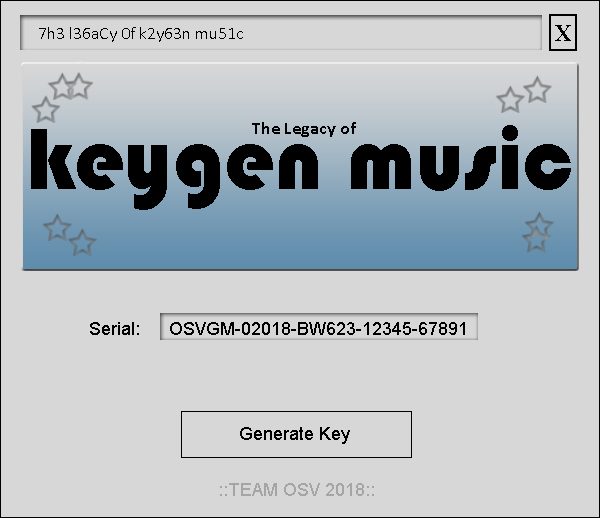
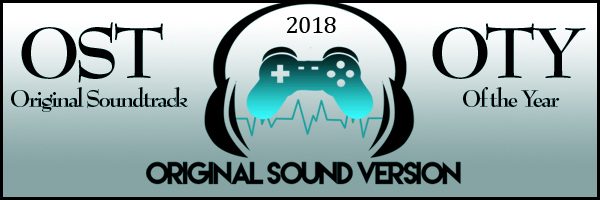
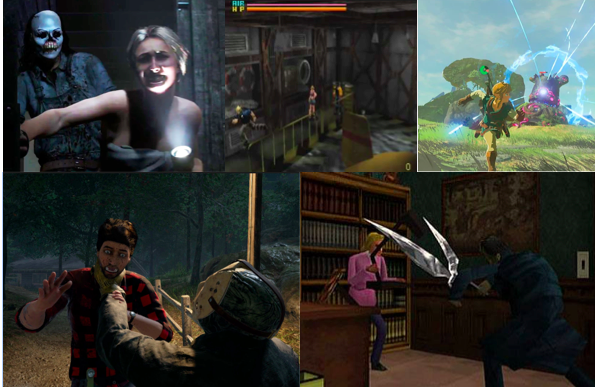
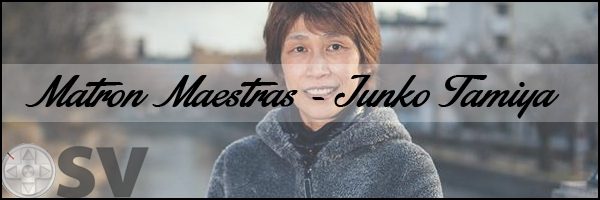
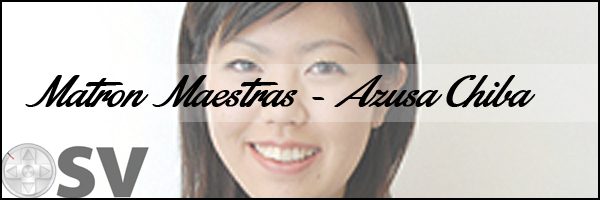
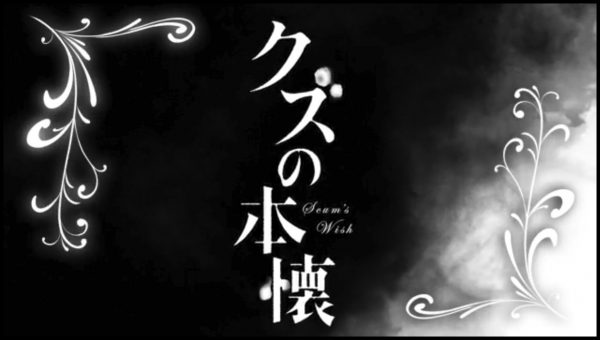


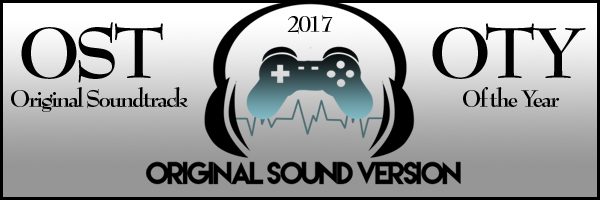

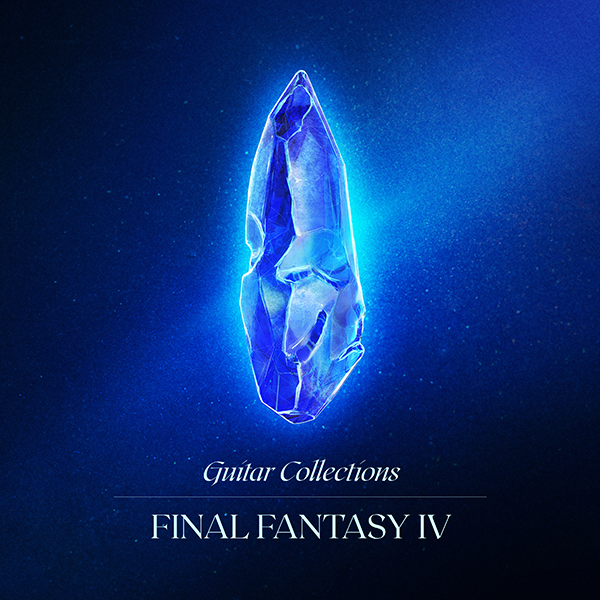


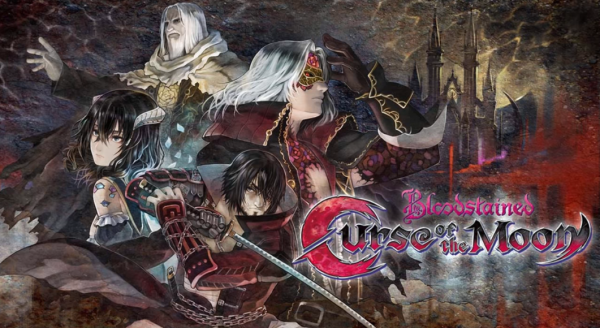
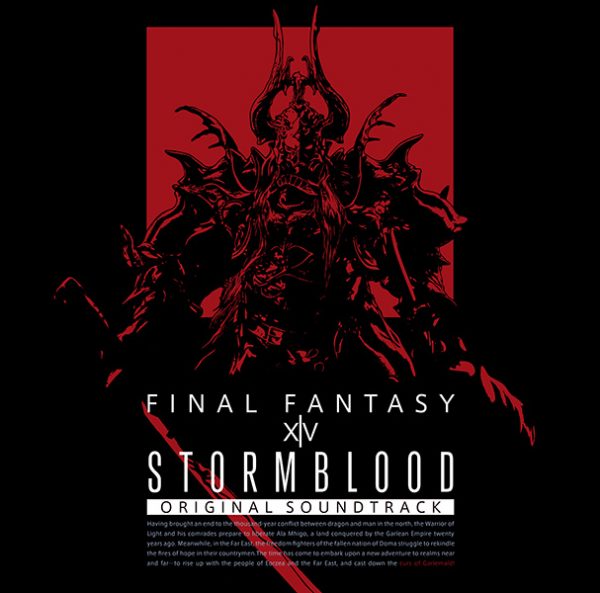

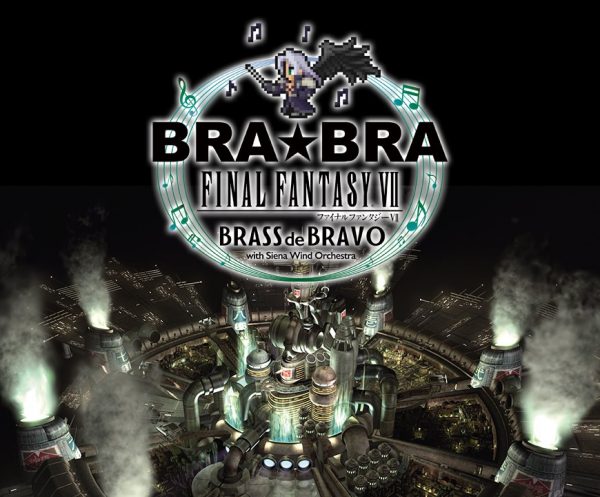
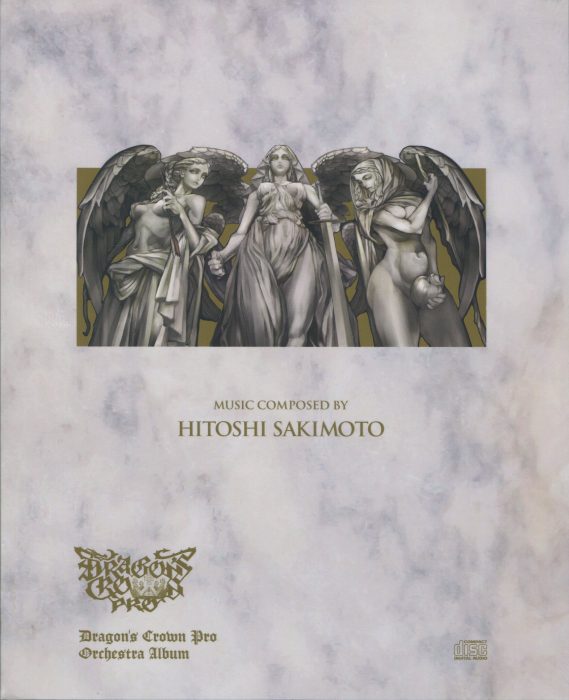

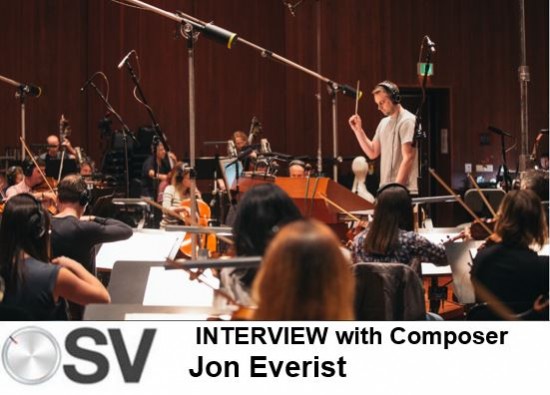
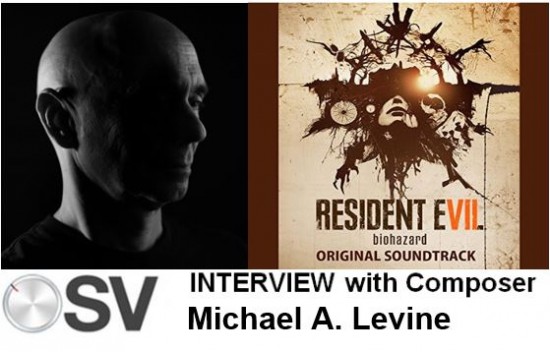
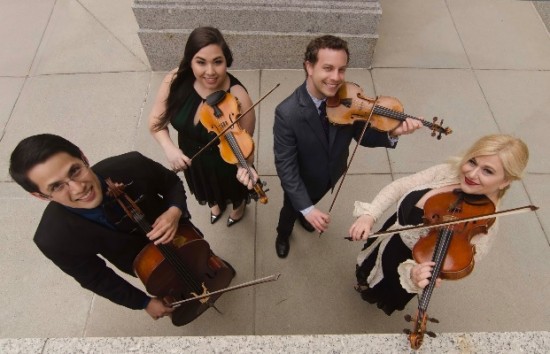
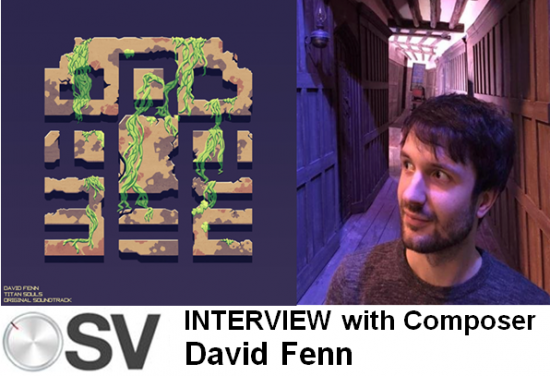
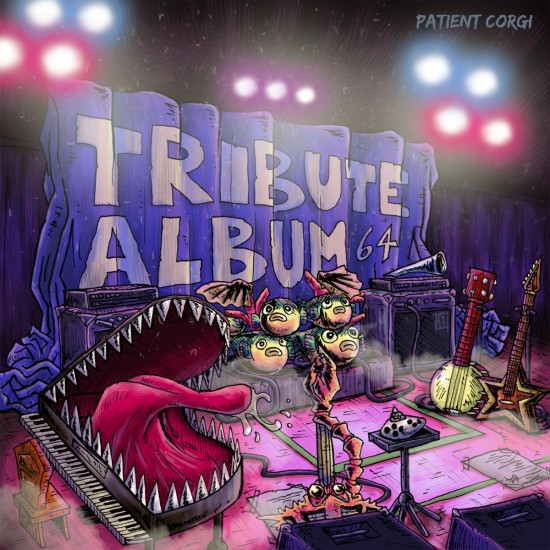
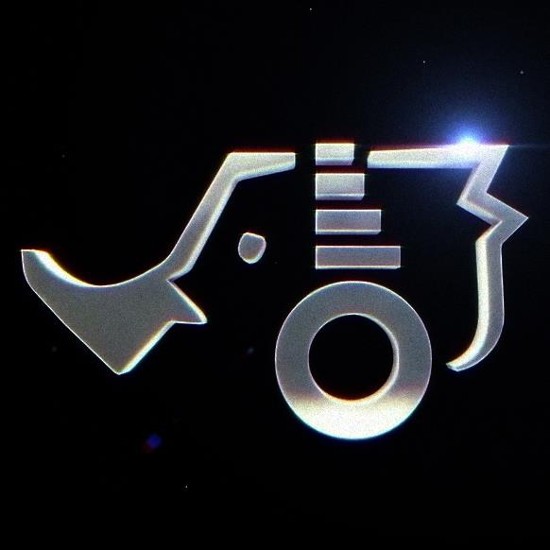
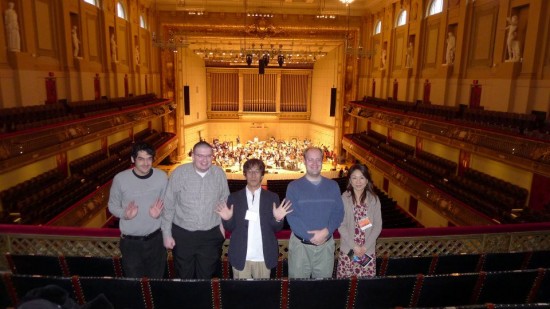
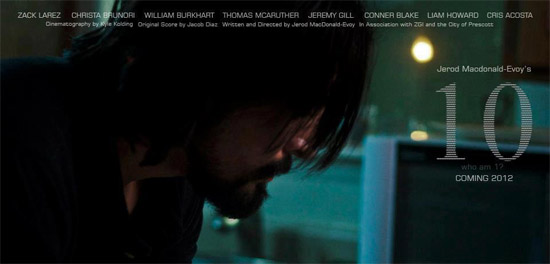



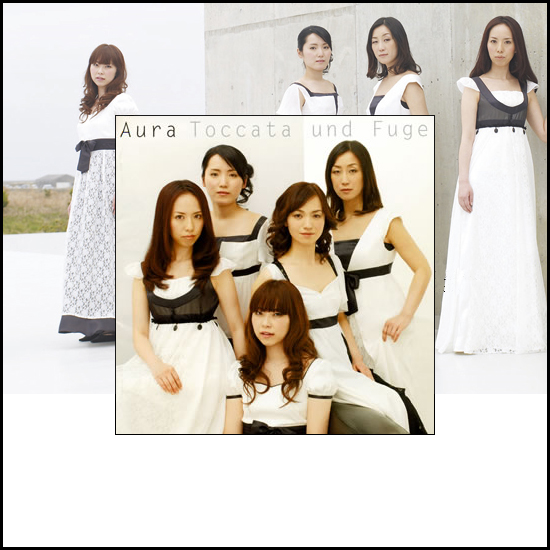

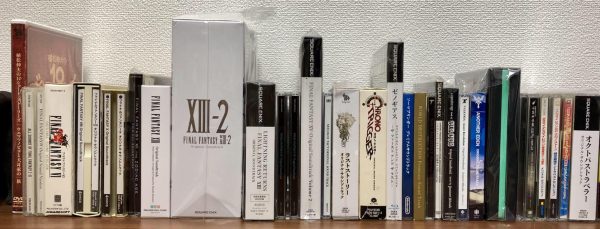
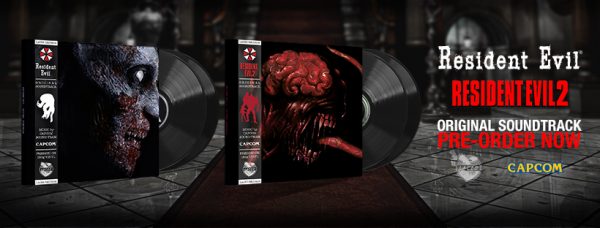
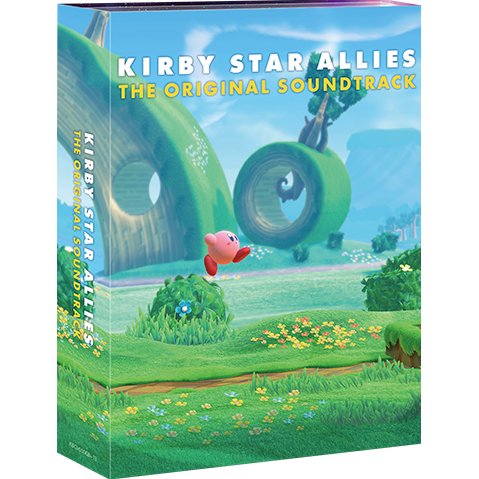

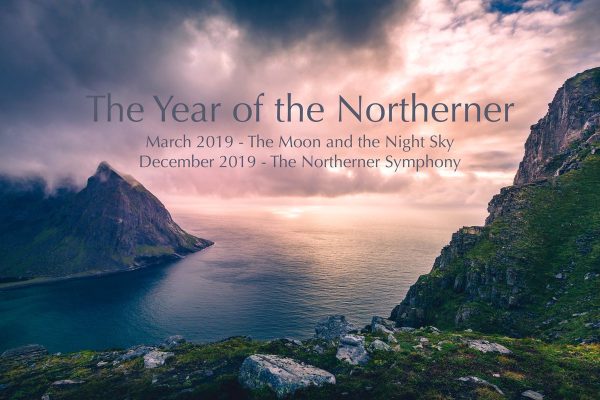
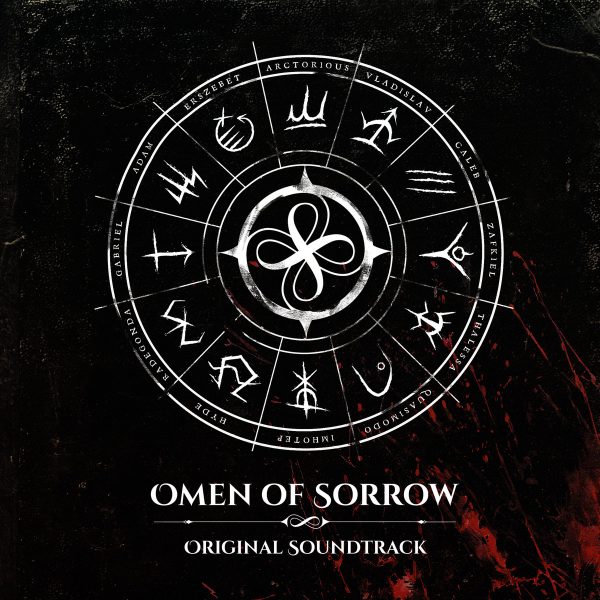
I live in the U.S. How do I buy Aura’s recordings?
Can get them at CD Japan: http://www.cdjapan.co.jp/search3.html?q=Aura&media=&r=any&step=20&order=score